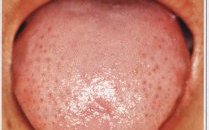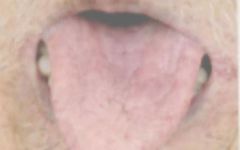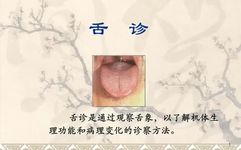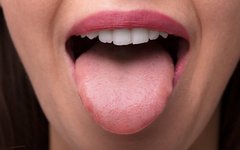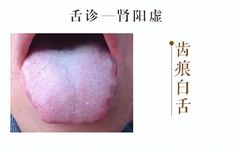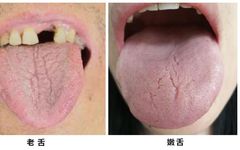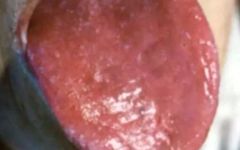Tongue Diagnosis: How to Differentiate Tongue Color and Quality
1. Normal Tongue Appearance The tongue appearance and quality, along with the tongue coating, exhibit various signs. In brief, a normal tongue is light red with a thin white coating, characterized by a tongue body that is light red, moist, neither too pale nor too deep, vibrant and lustrous, of moderate thickness, soft, and flexible; … Read more

